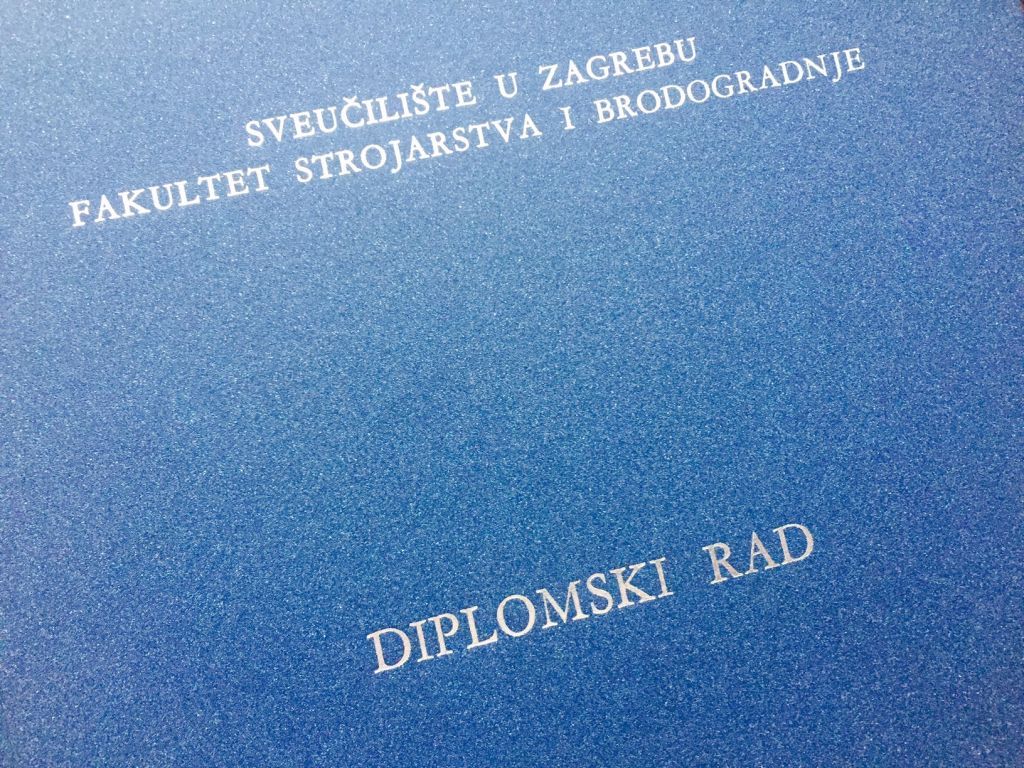Reliability is the probability that the system will perform its required functions for desired periods of time without failure, in a specified environment. There are many methods aimed at increasing systems reliability through mitigation of technical risks. Next to methods for direct technical risk analysis, there are also probabilistic risk assessment techniques. In this paper, RAMI (Reliability, availability, maintainability, inspectability) analysis, which was devised by the ITER Organization as a combination of IDEF0 (Integration definition for function modelling) functional analysis to provide the basis for FMECA (Failure mode, effects and criticality analysis) as technical risk analysis and RBD (Reliability block diagrams) as a probabilistic assessment technique, is used. Literature was studied to examine the advantages and disadvantages of these methods, as well as others, to obtain the best possible results and ensure correct application. Afterwards, this paper presents the application of the RAMI analysis to in-service inspection device, which is currently being developed by the INETEC company. In-service inspection device travels inside rails fixed on the outer shell of the ITER tokamak's vacuum vessel in order to inspect adjacent welds. During application, great emphasis was placed on the correct decomposition of functions and formulation of IDEF0 functional model. Next step of the analysis was the FMECA which includes the definition of failure modes for said functions, as well as their causes and effects, based on the company's previous experience. Previous experience combined with expert judgment also helped in quantifying the severity and occurrence of effects and causes of failure modes, respectively. The last step is the RBD analysis which used values from FMECA as an input and the decomposition shown in IDEF0 functional analysis as its basis. FMECA analysis indicated, based on criticality values, 2 major risks, 57 medium and 40 minor risks. RBD analysis showed that the device’s reliability achieves 0% after 8 hours and constant availability of 16,5%. The biggest impact on risks occurrence is due to software and operator errors, and on severity is from failures propagating throughout the device, these are mainly air, water and electricity failures. Lastly, a comparison between obtained results and other approaches found in literature was made, and risk mitigations actions were suggested according to the results of the analyses. For future work, more reliability data should be collected from similar systems to get a better reliability model of the device.

Josipa Delaš
2019
Master thesis
INETEC - Instititut za nuklearnu tehnologiju d.o.o.